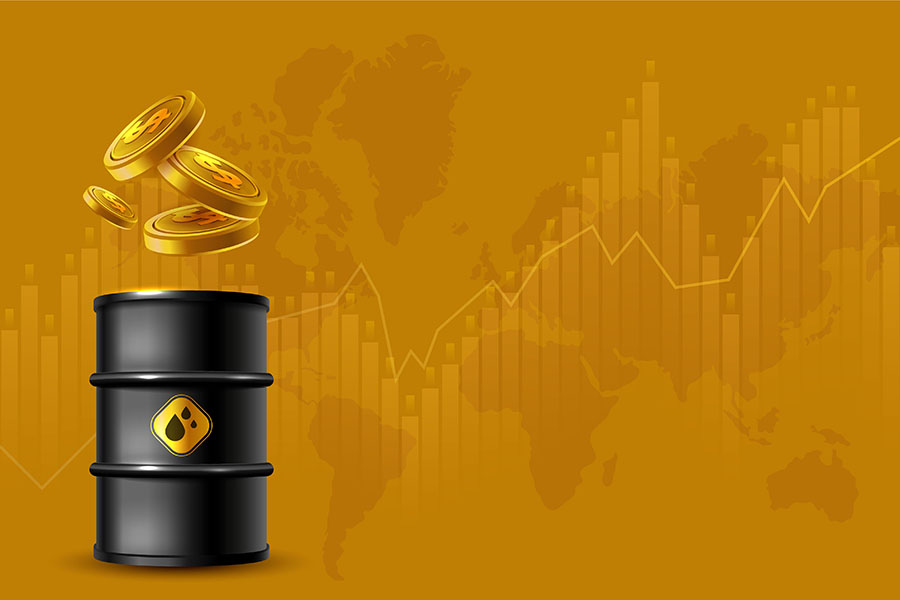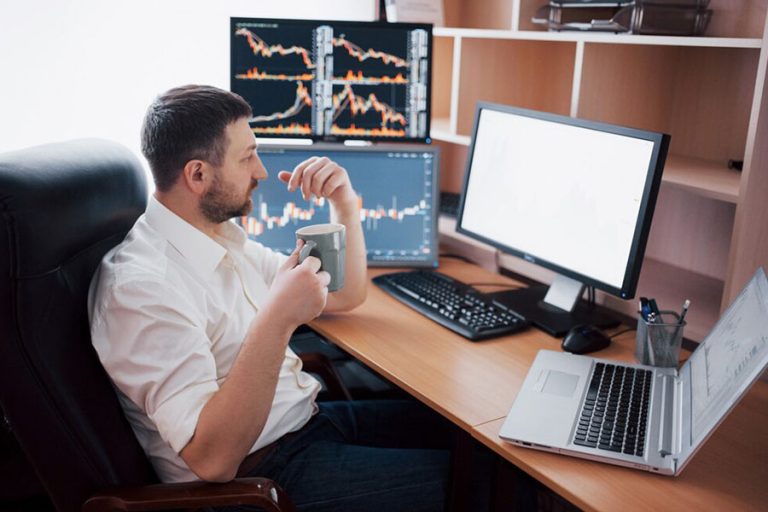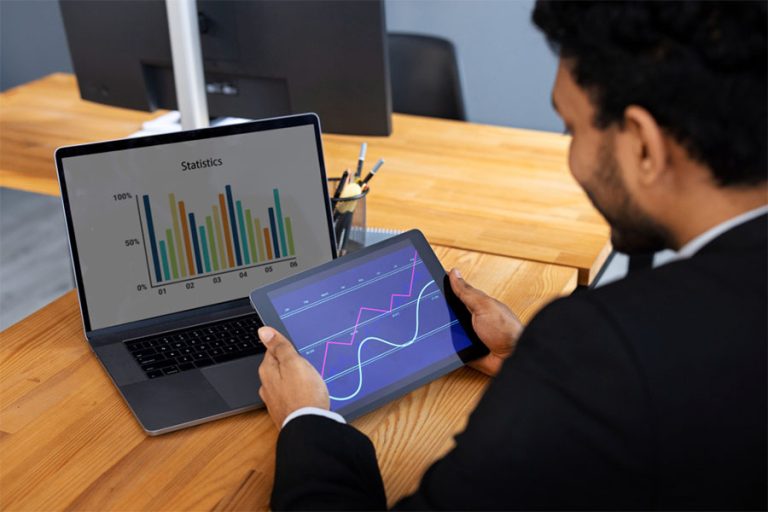Mastering the Art of Trading Commodities: A Comprehensive Guide on How to Trade Commodities

Commodity trading, bound by the attraction of potential profits and adventurous moods, has been playing a major role in the finance markets for a long time. Commodities hold an essential place in our lives in different forms – for example, the petroleum that fuels our vehicles and the gold that adorns our jewellery. The commodities, therefore, are an integral part of the economy of the world. Though the art of commodity trading is quite intricate entailing a good grasp of market issues, risk management and trading strategies, this is crucial for success. This article is intended as a guide to commodity trading for beginners. Hence, in this blog, we’ll explore the key stages on how to trade commodities, while giving broad insights to both novice and expert traders.
What are commodities?
Commodities are primary raw materials which are employed as the inputs for the production of utilities. The global economy’s actual construction involves commodities which include oil, sugar, metals, etc. Tradable commodities in India often are segregated under the headings as mentioned in the table below:
| Category of commodity | Examples |
| Energy | Oil, natural gas |
| Metals | Zinc, lead, aluminium, copper |
| Bullion | Gold, silver |
| Agriculture | Cotton, rubber, oil, cardamom, black pepper and others |
Among physical goods that the biggest number of traders deal with, gold, corn, crude oil, coffee, and wheat rank on the list. When the price of one tradeable asset changes, such influence spreads to countries around the globe. Hence, when there happens to be a change in the crude oil price, this change is felt globally.
Comprehensive guide for commodities trading
The commodities trading business can be an exciting and yet tough job for the ones doing it. Mentioned below is a comprehensive guide for investors to learn how to trade commodities simplistically:
- Education: Broaden your knowledge in the market segment of commodities. Acknowledging commodity price determinants and also knowing factors such as supply and demand dynamics, geological occurrences, weather conditions, and economic markers is crucial.
- Choose Your Market: Make up your mind and select which commodities you want to trade. The commodities that can be divided into four main categories are energy, metals, agriculture and livestock.
- Select a Trading Platform: There are plenty of good online brokers who offer stocks, so pick a well-known broker that deals with a commodity. Ensure that the platform offers commodity markets you’re interested in at the lowest prices. This will let you get the best deal possible and avoid high commission charges.
- Develop a Trading Strategy: Try to set up your objectives, be prepared for the risks you are ready to take, and the timeframe you are setting. Generate a detailed trading plan that incorporates entry and exit points, the amount you are investing, and risk management measures to help you mitigate risk.
- Market Analysis: Undertake extensive market analysis that involves applying both fundamental and technical analysis to ensure that the investment outlook is favourable. At its core, fundamental analysis involves assessing supply and demand fundamentals; whereas, technical analysis involves the scrutiny of the price charts for the trends and patterns which are enshrined therein.
- Risk Management: Carry out capital protecting strategies which comprises risk management. This could be achieved by the use of stopping prices (stop-loss orders), diversification, and using smaller positions.
- Start Trading: After having a clear strategy and having researched well, it is time to make dealings. Start with a proportionately small trading volume and scale up gradually with your experience and governance.
- Monitor Your Trades: Always be vigilant and make sure your trades and market are on your track. Be willing to change your strategy to adjust it to the particular environments, if there is a need to do that.
- Continuous Learning: Keep your ear to the ground and triangulate the market movements. The didactic process should be continuous so that you are equipped with the commodity trade strategies and methods to keep your skills and profitability secured.
Make sure you know that commodity trading involves high risks, and you should properly manage your risk by applying the most suitable commodities trading strategies. One should consult with a professional in finance or an experienced trader before going through the idea of making major trading choices.
Bottom Line
Commodity trading presents a plethora of chances for people who possess the willingness and benefit from being embedded in the global multi-market environment. Equipping traders with knowledge, strategy, and risk management tools, AstraMarket ensures success in the face of global market challenges. Commodity trading is not an ordinary game to play but a game in which you should equip yourself with enough knowledge about the market fundamentals, build a workable trading strategy and practise a safe risk management measure to challenge the hurdles and risks with confidence.
Note that in commodity trading you are competing against the world’s biggest players and a few successes will need a lot of time, patience, and ongoing learning to build successful investing strategies. While you soar into the combat of the commodity markets, be disciplined in applying the knowledge acquired, but ultimately, don’t panic when the markets are fluctuating. Stick with the guidance on how to trade commodities and commit yourself to success.







